
When an older person falls, acting correctly is very important. You should focus on keeping them safe while helping them up using safe floor lift techniques. Safe ways to lift them from the floor avoid more injuries. If they use a floor lift , the right steps prevent problems and help them feel secure.
Immediate Actions After a Fall
Stay Calm and Reassure the Person
If someone falls, don’t panic. Stay calm and focused. Being calm helps them feel safe. Speak gently and let them know you’re there. Say things like, “I’m here to help you.” These words can comfort them.
Check for Injuries Before Moving
Before helping them up, look for injuries. Ask if they feel pain anywhere. Check for swelling, bruises, or bleeding. If they can’t move or are in severe pain, don’t lift them. Call for medical help right away.
Follow a step-by-step method to check for injuries:
Assess if they can talk and breathe normally.
Look for visible injuries, especially on the head, neck, or arms.
Feel gently for swelling or sore spots.
These methods show why careful checks matter. They prevent problems and ensure quick medical care when needed.
Make the Area Safe
After confirming no serious injuries, check the surroundings. Remove anything that could cause another fall, like rugs or clutter. If it’s dark, turn on more lights to see better.
Programs like CAPABLE and HARP focus on making spaces safer. CAPABLE suggests home changes to reduce risks. HARP works on removing hazards and creating safety plans. Both programs help prevent falls and improve movement.
Take time to check the area before moving them. This keeps them safe and avoids more accidents.
How to Get Up After a Fall: Step-by-Step Guide
Use Sturdy Furniture or a Chair for Support
Helping an older person get up can be tricky. Suggest they move slowly toward strong furniture, like a heavy chair or sofa. They can use the armrests or seat to push themselves up carefully.
If you’re helping, guide their hands to the furniture. Make sure they move slowly and steadily. Don’t rush them. Stability is very important. Studies show armrests and proper seat height make standing easier. Armrests are used almost every time during these movements, showing how helpful they are.
Evidence Type |
Description |
|---|---|
Chair Design Features |
Armrests, seat height, and stability help older adults stand up. |
Usage of Armrests |
Armrests were used 100% of the time during standing transitions. |
Transition Techniques |
90% of movements involved careful techniques with support. |
If there’s no strong furniture nearby, use lifting tools. Portable devices can safely help someone with limited mobility.
Tip: Check that the furniture won’t slide or tip over while being used.
Safe Floor Lift Techniques for Caregivers
Knowing how to lift someone safely is very important. It prevents injuries for both you and the person. First, check if they’re hurt or in pain. If they’re okay, follow these steps:
Help them roll onto their side, then onto their hands and knees.
Place a strong chair or furniture close to them.
Guide them to crawl to the chair and put their hands on it.
Stand behind them and gently support them as they push up.
When helping, remember these safety tips:
Bend your knees and hips, not your waist.
Use your legs to lift, not your arms.
Stay close to the person to keep balance.
Studies show safe lifting zones are between your knees and elbows. Shift your weight instead of pulling with your arms. Turn by pivoting your feet, not twisting your back.
-
Extra Tips for Caregivers:
Stay calm and talk to the person to reassure them.
If they seem scared or confused, comfort them before continuing.
Call for help if they can’t get up or feel pain.
These steps protect you from getting hurt and help the person feel safe.
How to Get Up From a Fall Technique Using Mobility Aids
Mobility aids like walkers or lifting tools can make getting up easier. If they use a walker, place it near them and make sure it’s stable. Encourage them to hold the handles tightly while pushing up.
For people with limited movement, lifting devices like SuperHandy Lift Assist can help. These tools safely lift someone without straining their body. They’re great for caregivers who may not be strong enough to lift manually.
Falls happen often to older adults, with 35–40% of people over 65 falling each year. Using mobility aids lowers injury risks and helps them stay independent.
Note: Always check that the mobility aid works well and fits their needs. Regular checks can stop accidents and keep it reliable.
Using safe techniques and helpful tools lets you assist confidently while keeping everyone safe.
When to Get Professional Help or Use Equipment
Signs That Medical Help Is Needed
Sometimes falls cause hidden injuries. Know when to call for help:
Strong pain in the head, neck, or back.
Trouble moving or standing up.
Swelling, bruises, or bleeding that won’t stop.
Feeling dizzy, confused, or faint after falling.
Falls are a top cause of injuries and deaths in older adults. In 2021, over 38,000 deaths were from falls. Men had higher death rates than women. If you see these signs, call a doctor or 911. Quick care can stop problems from getting worse.
When to Use Tools Like Lift Assists
If they aren’t hurt but can’t get up, use tools. Devices like the SuperHandy Lift Assist help them stand safely. These tools are great for caregivers who can’t lift someone easily.
Put the lift assist under them and follow the steps to use it. This tool lowers injury risks for both of you. It’s helpful for people with limited movement or who fall often. Check the tool often to make sure it works well.
When to Call Emergency Services
Some falls need 911 right away. Call if:
They are unconscious or not responding.
They can’t breathe or have heavy bleeding.
You think they broke a bone or hurt their spine.
Falls are a big reason older adults go to the ER. In 2012, 17% of EMS calls were for falls, with most happening at home. Even small injuries can be serious. It’s better to be safe and call for help. Emergency teams can check and treat them quickly.
By knowing when to call for help or use tools, you can handle falls safely and protect your loved ones.
Preventing Future Falls
Talk Openly About Falls
Talking about falls helps a lot. Ask your loved one to share their experiences without feeling judged. Questions like, “What made you feel unsteady?” or “Did anything seem unusual before the fall?” can help you understand their struggles. Together, you can find ways to prevent future falls.
Positive talks can also ease fears about falling. Studies show that focusing on benefits like staying active and independent makes people more likely to join fall prevention programs. Highlighting these advantages can encourage participation.
Tip: Use kind words to build trust. Let them know it’s okay to talk about falls and that you’re there to support them.
Make the Home Safer with Helpful Tools
A safe home is important to avoid falls. Start by removing loose rugs and clutter. Add grab bars in bathrooms and motion-sensor lights in hallways. These small changes can make a big difference.
Research proves that home improvements lower fall risks. For example:
Add ramps and widen doorways for easier movement.
Use non-slip rugs and remove loose mats.
Install zero-step entrances for safer access.
Set up emergency alert systems with fall sensors.
Evidence Type |
Findings |
Recommendations |
|---|---|---|
Systematic Review |
Targeted safety updates are recommended. |
|
Meta-Analysis |
Fall rates drop with home modifications. |
Tailored plans based on individual needs. |
A clean, organized space prevents accidents and helps seniors feel more confident moving around.
Encourage Strength and Balance Exercises
Strength and balance exercises are great for preventing falls. Activities like tai chi, yoga, or simple chair exercises improve stability and muscle strength. These exercises also help seniors feel more in control of their movements.
Studies show that balance exercises lower fall rates by 24%. Tai chi alone reduces falls by 20%.
Outcome |
p-value |
|---|---|
Better dynamic balance |
0.008 |
Improved static balance |
0.01 |
0.0008 |
|
Fewer people experiencing falls |
0.02 |
Start with small exercises. Even a few minutes daily can help. Over time, these activities will make movements safer and more confident.
Helping an older person after a fall needs care and patience. Using safe ways to lift and prevent falls helps a lot. For instance:
-
Important Steps:
Get rid of dangers like loose rugs.
Suggest balance-building exercises.
Use helpful tools when necessary.
Study Topic |
Main Results |
|---|---|
Action Plans |
Only 17% of studies showed plans; staff training was common. |
Consistency Problems |
Poor follow-through made fall prevention less effective. |
By acting early, you can keep them safe and independent.
FAQ
What should you do first when you see a fallen person?
Stay calm and check for injuries. Ask them how they feel and look for visible signs of pain or discomfort before helping them get up from a fall.
How can you safely help a fallen person get up from a fall?
Guide them to roll onto their side, then onto their hands and knees. Use sturdy furniture or a mobility aid to help them rise slowly and steadily.
When should you call for emergency help after a fall?
Call 911 if the fallen person has severe pain, can’t move, or shows signs of confusion, dizziness, or heavy bleeding. Always prioritize their safety.
Tip: Always reassure the person and move at their pace. Rushing can cause further injuries or stress.


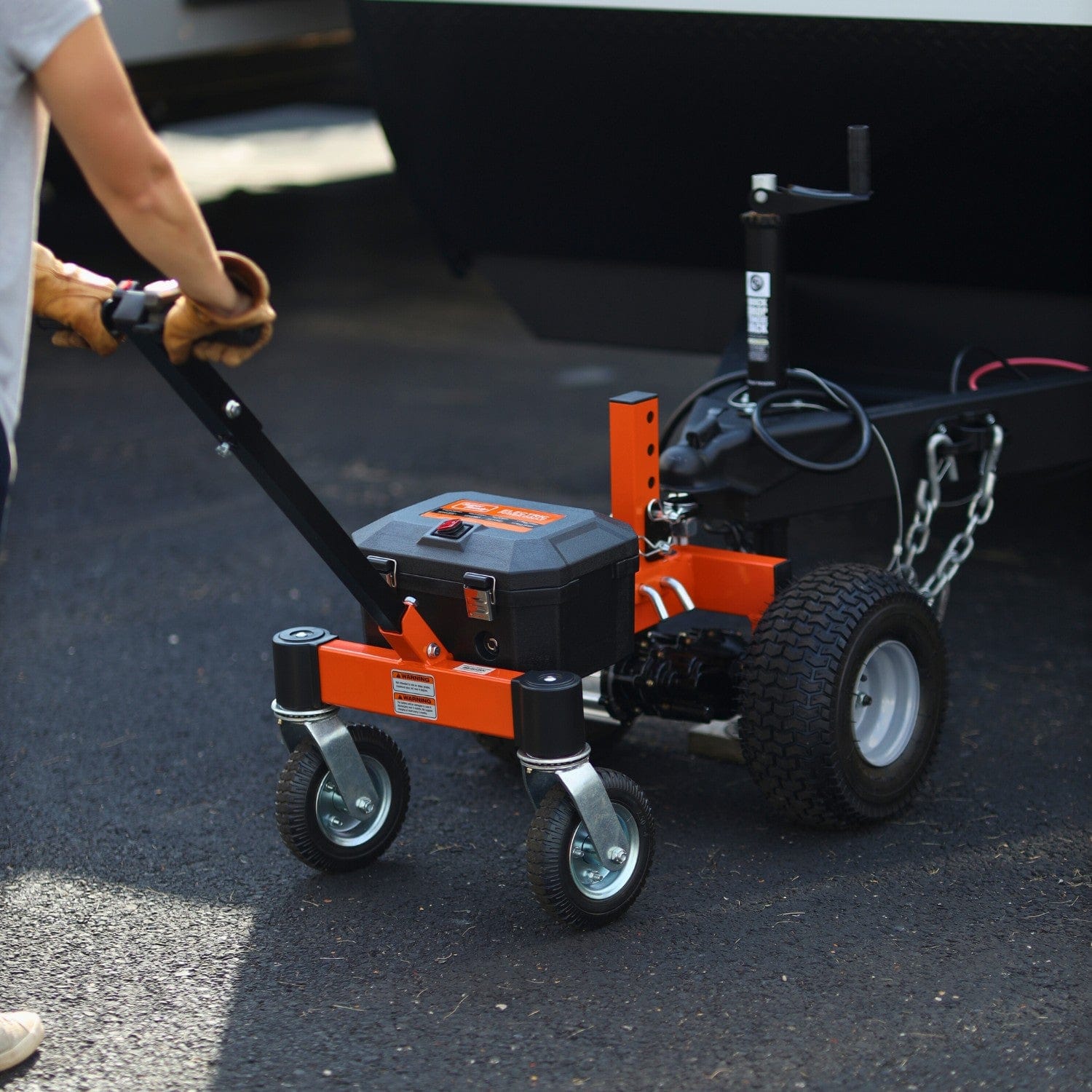
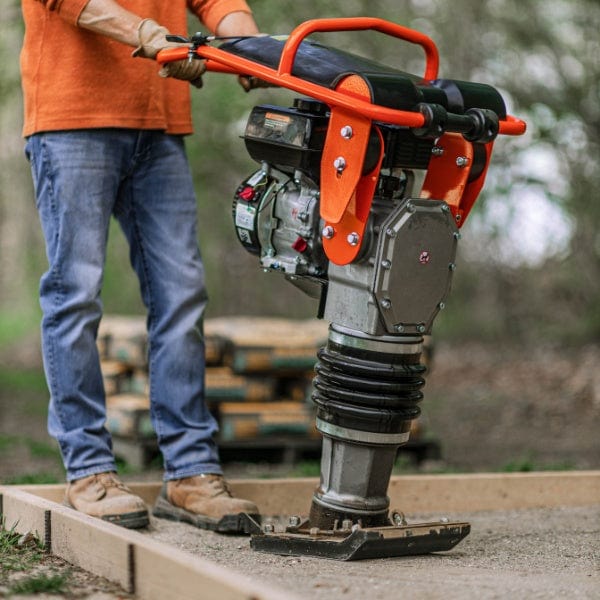
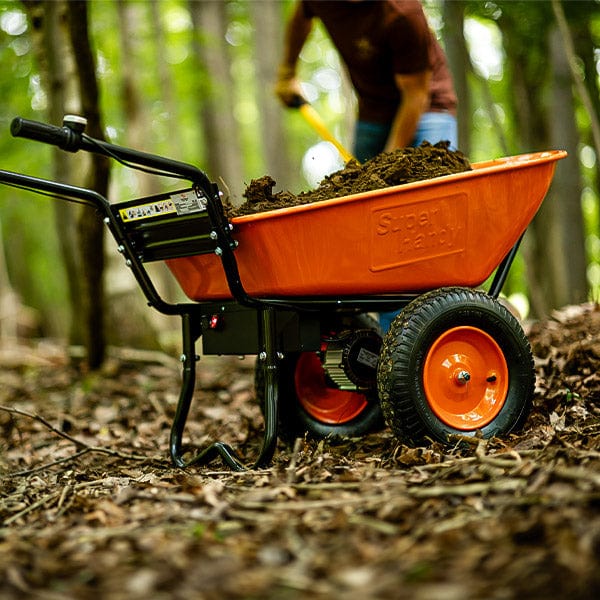
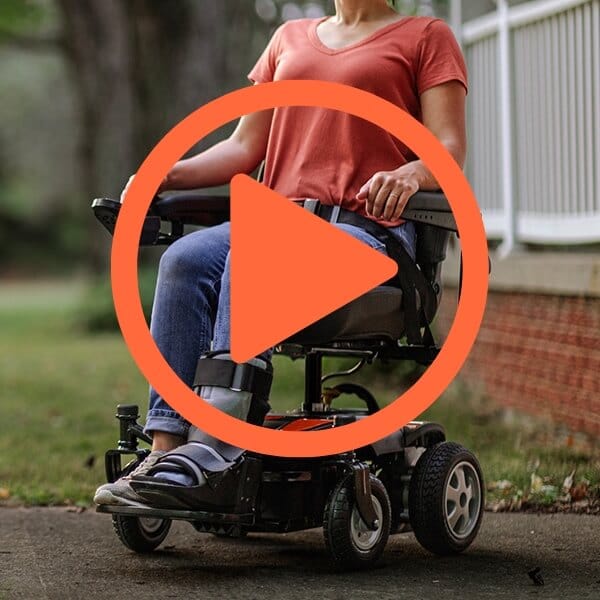

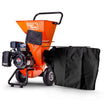
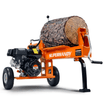

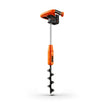
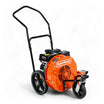
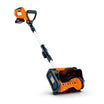
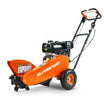
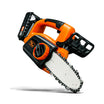

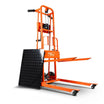
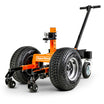
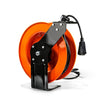
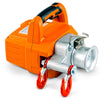
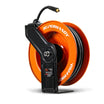

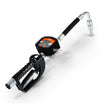
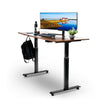
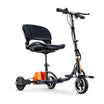
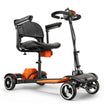
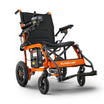
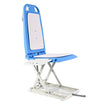


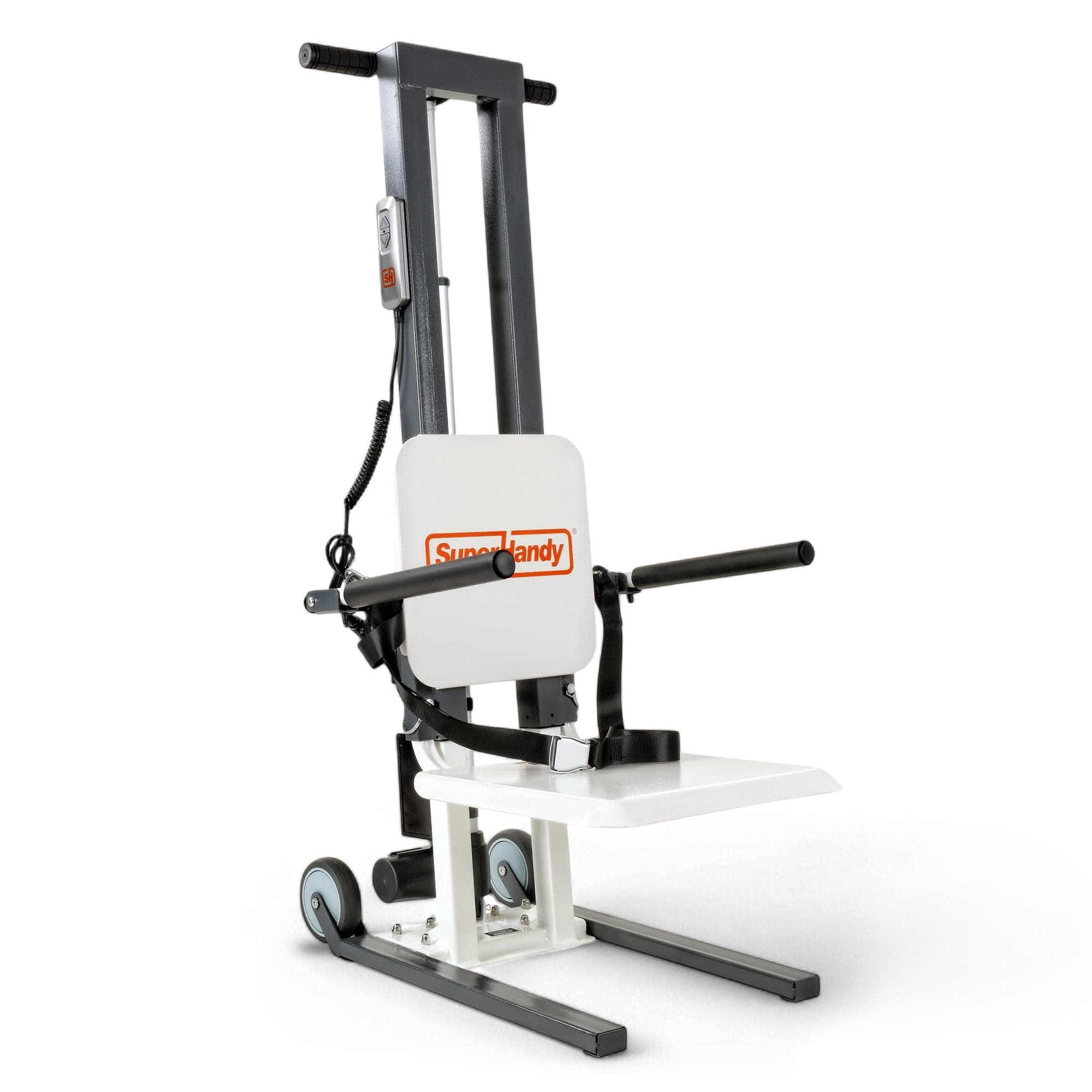
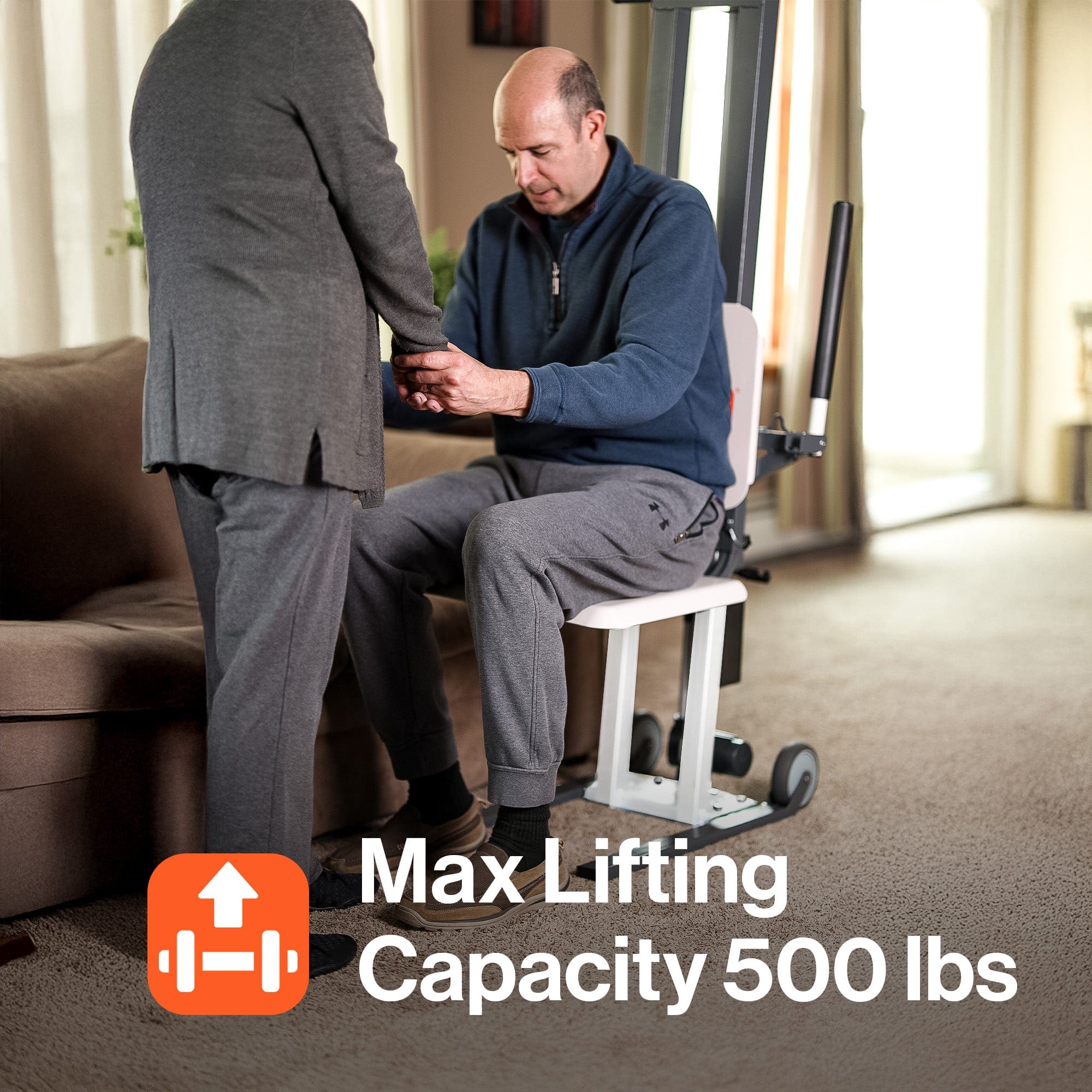
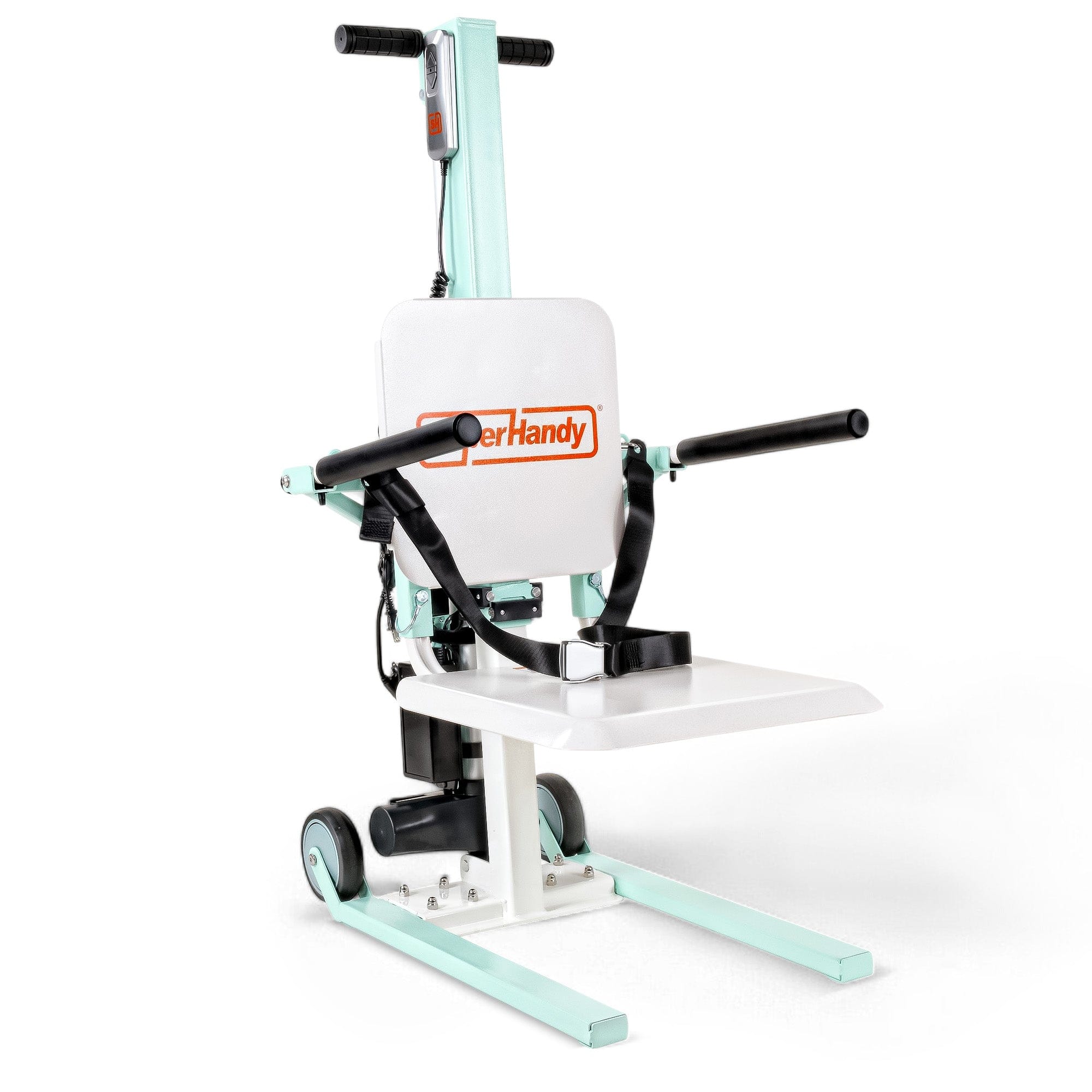
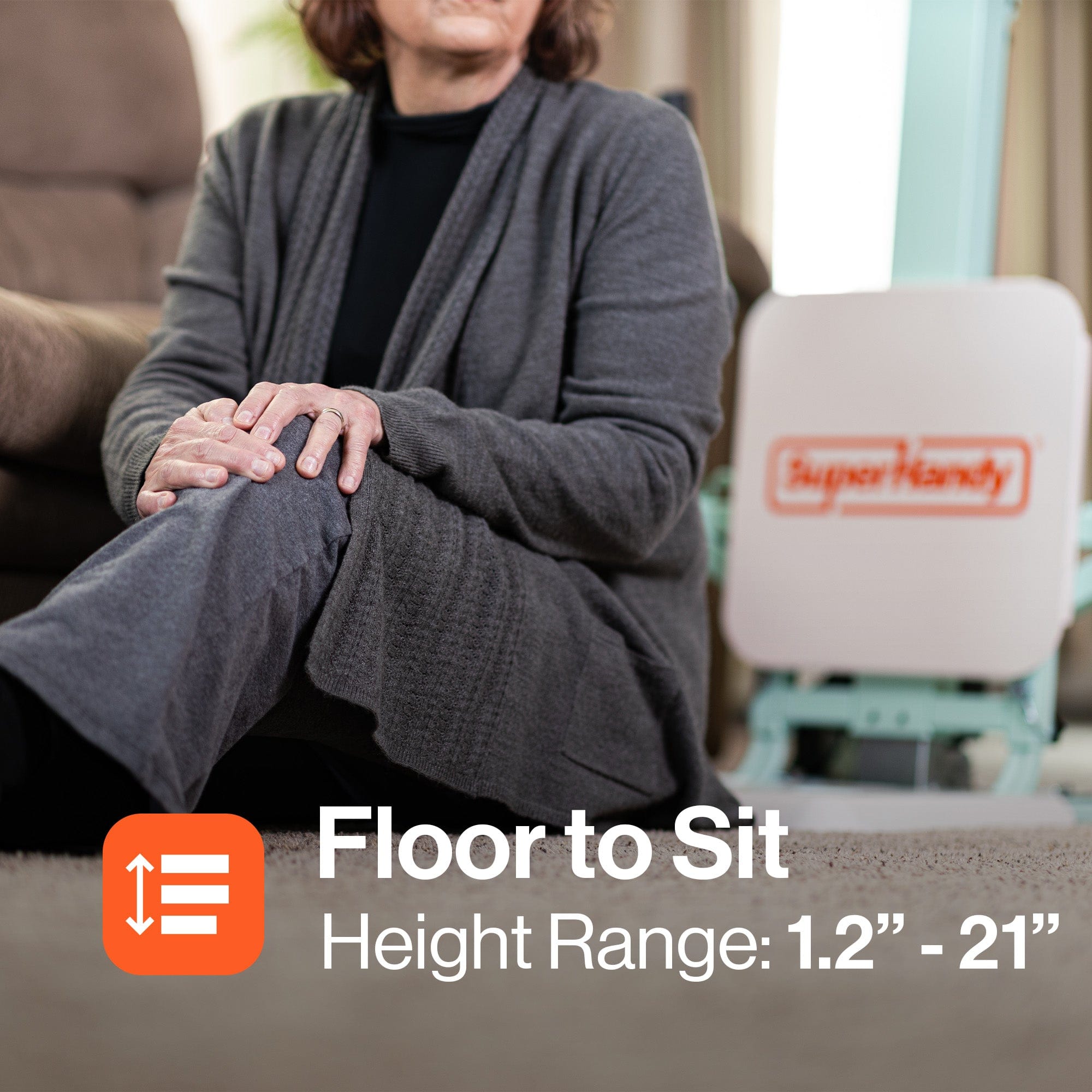
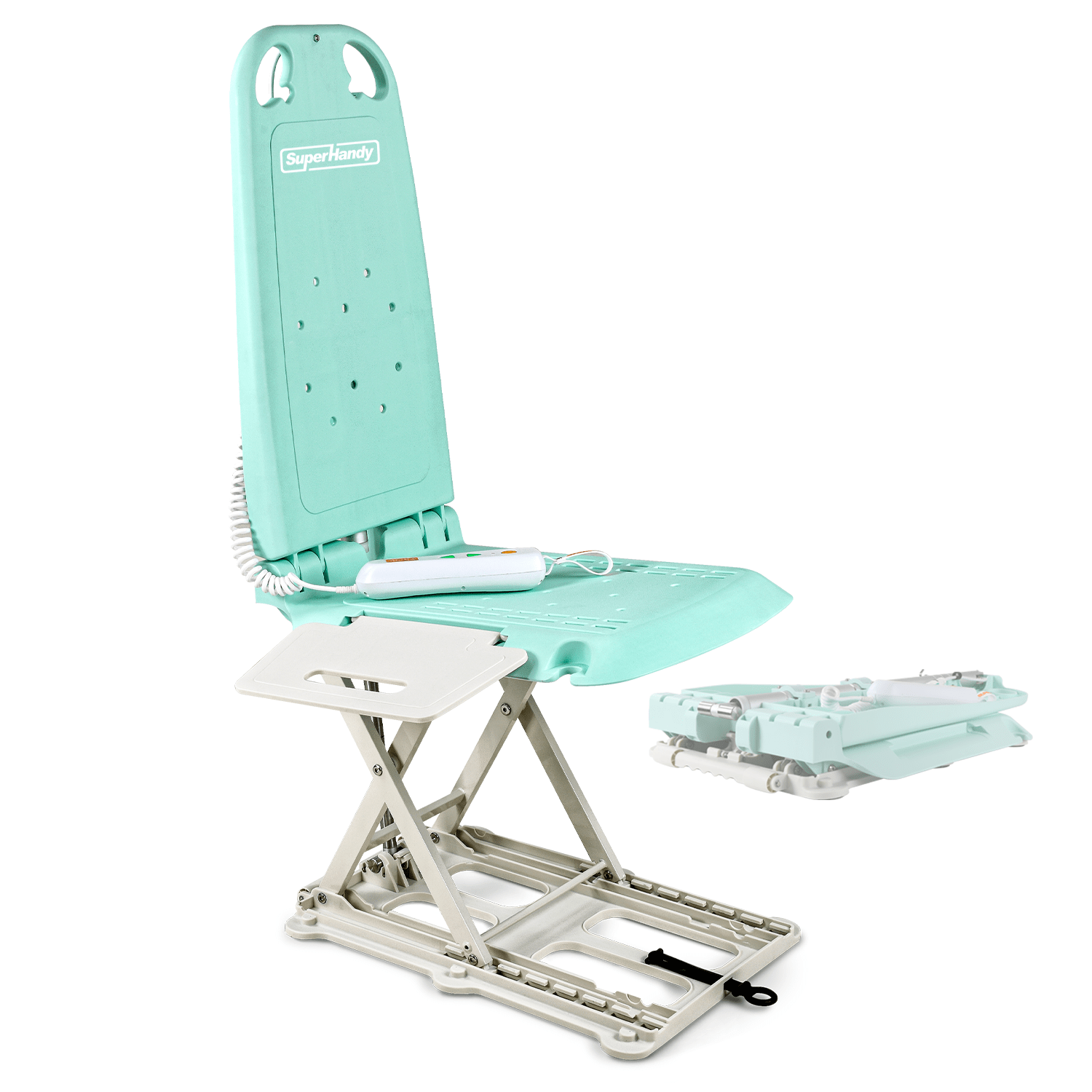
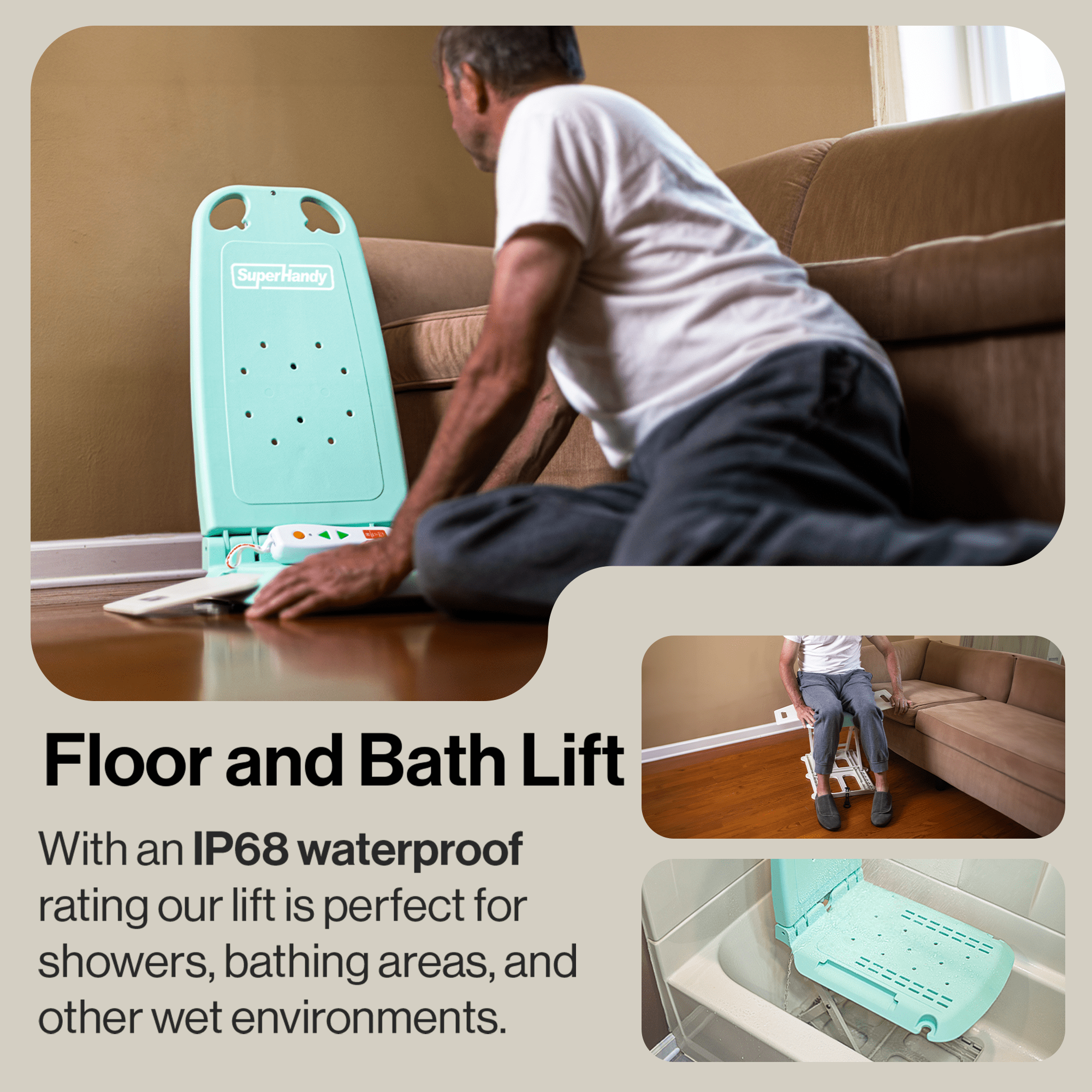
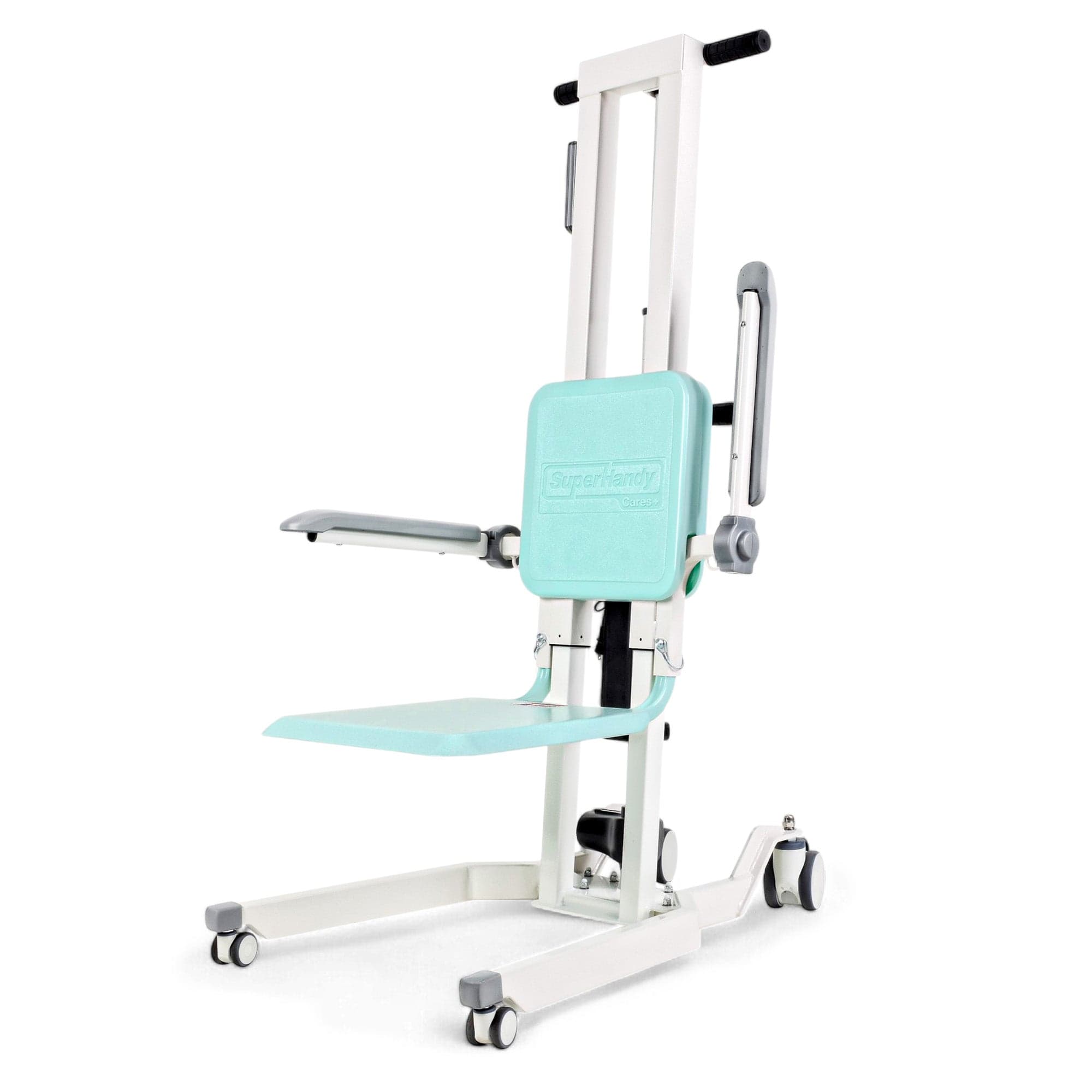
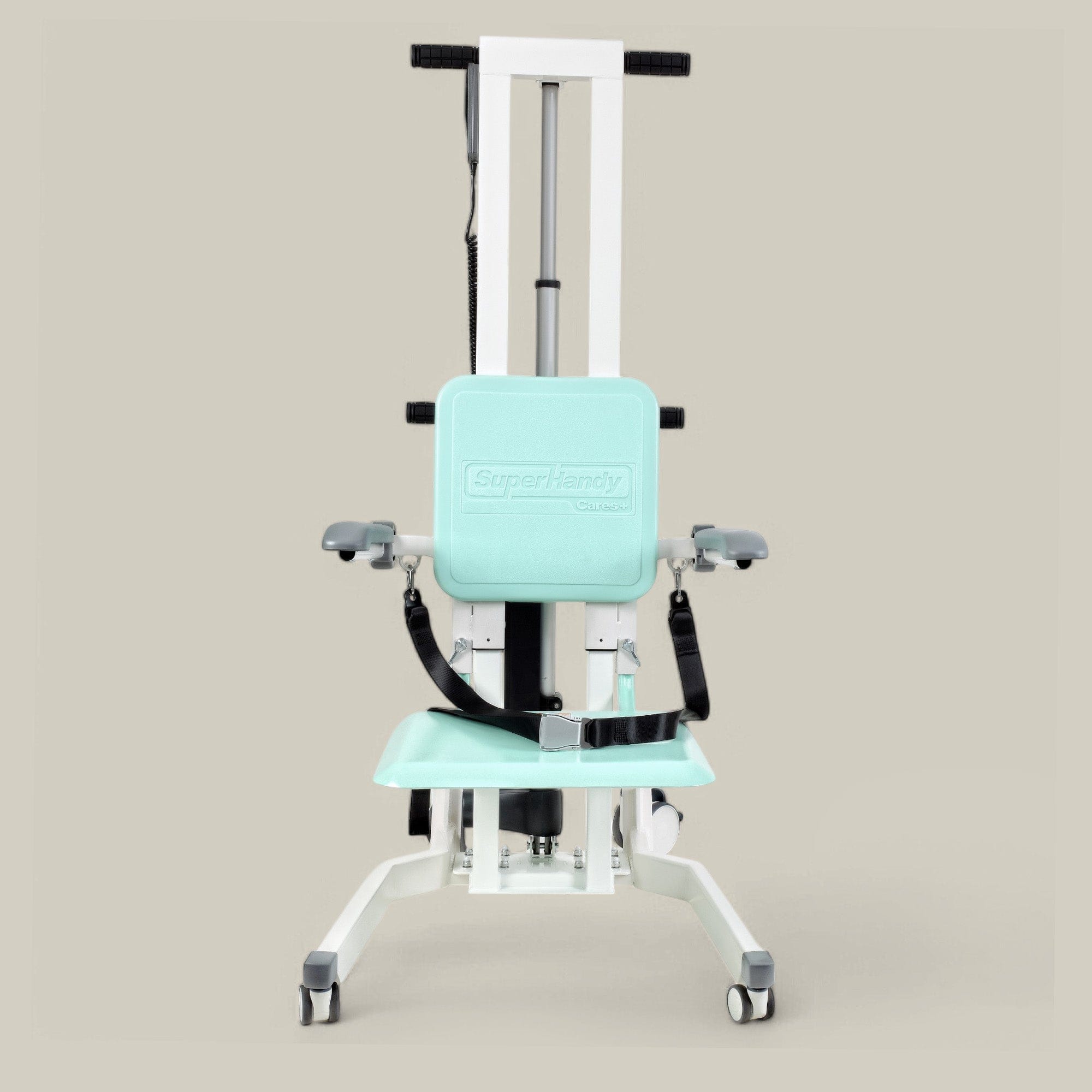
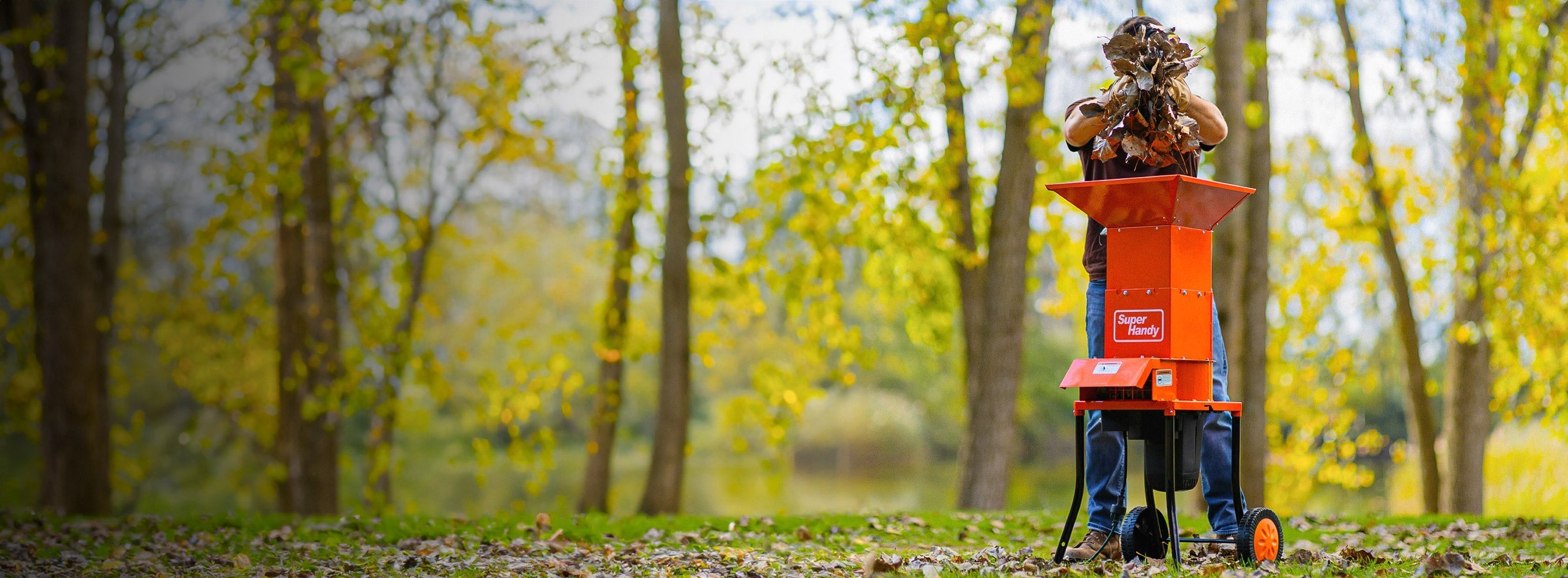
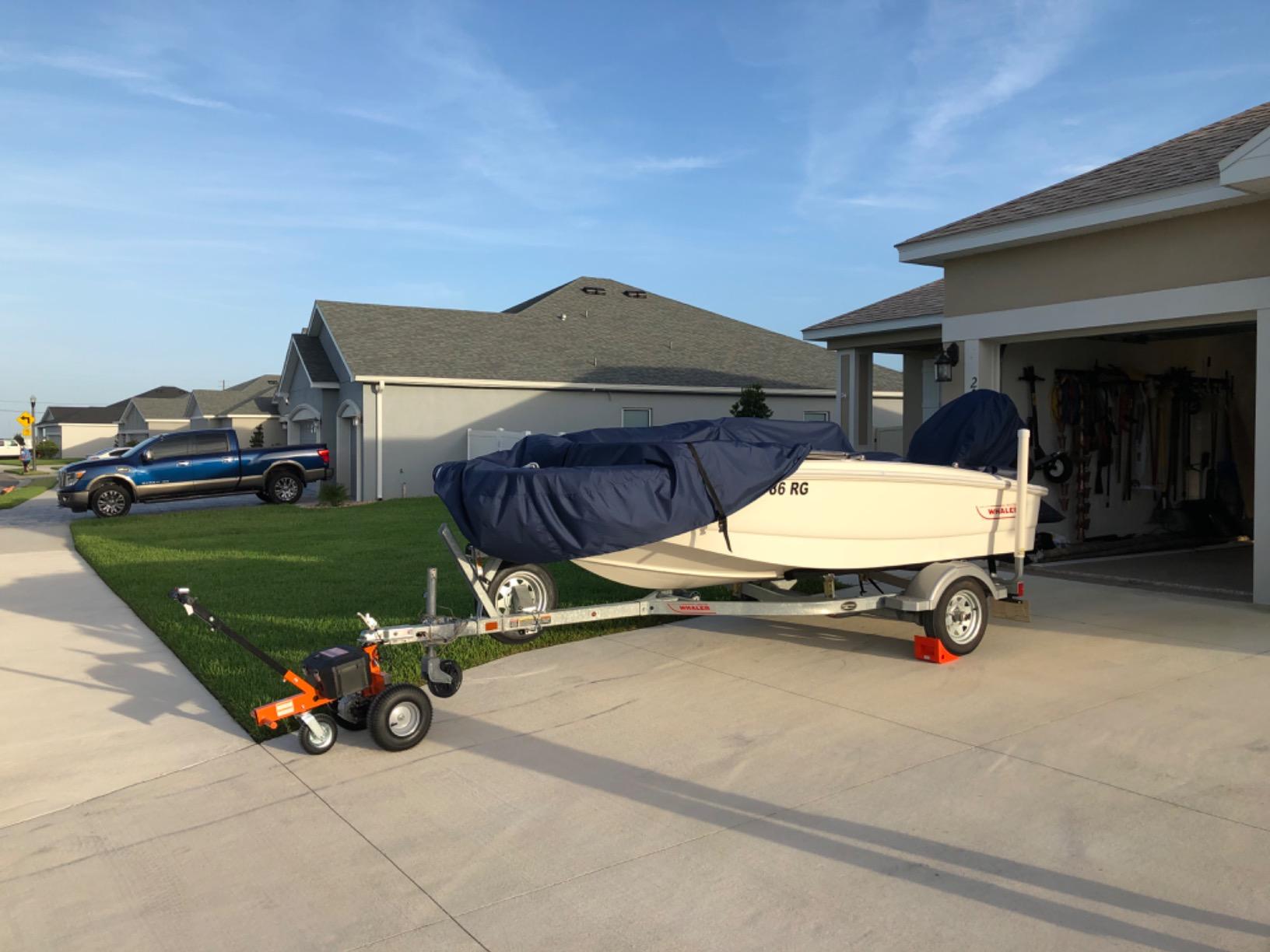
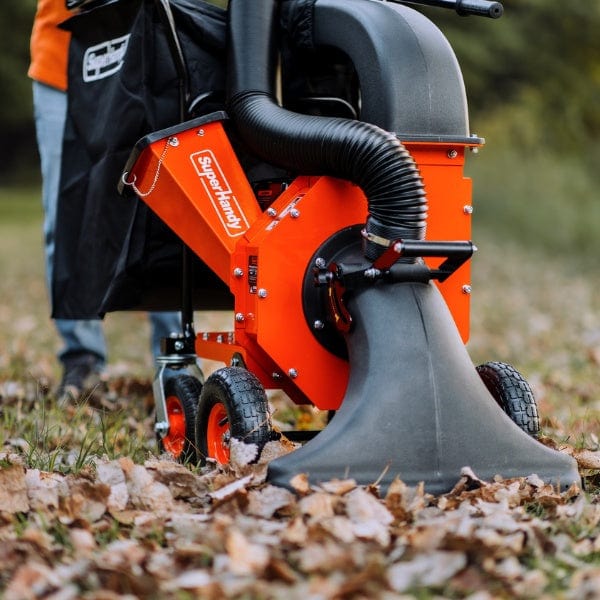
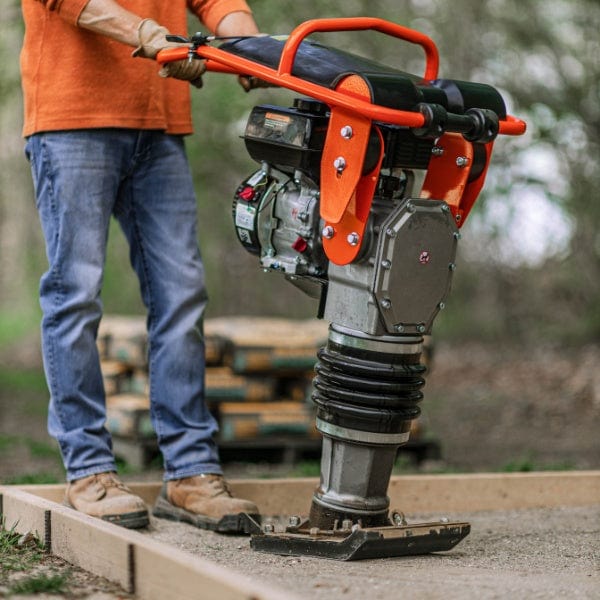
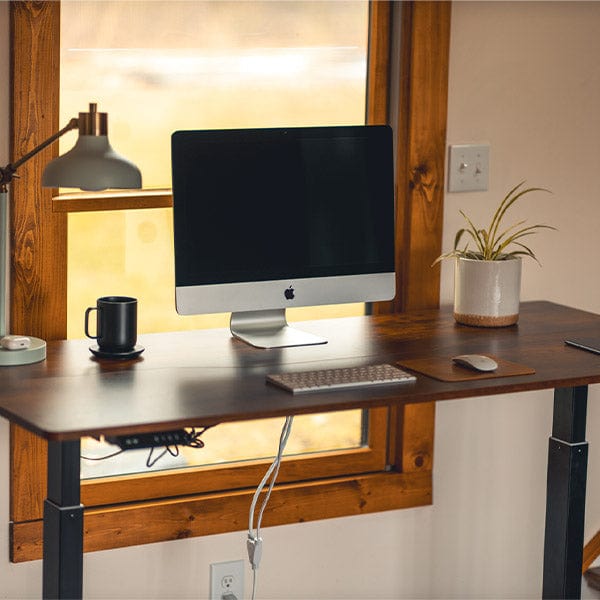
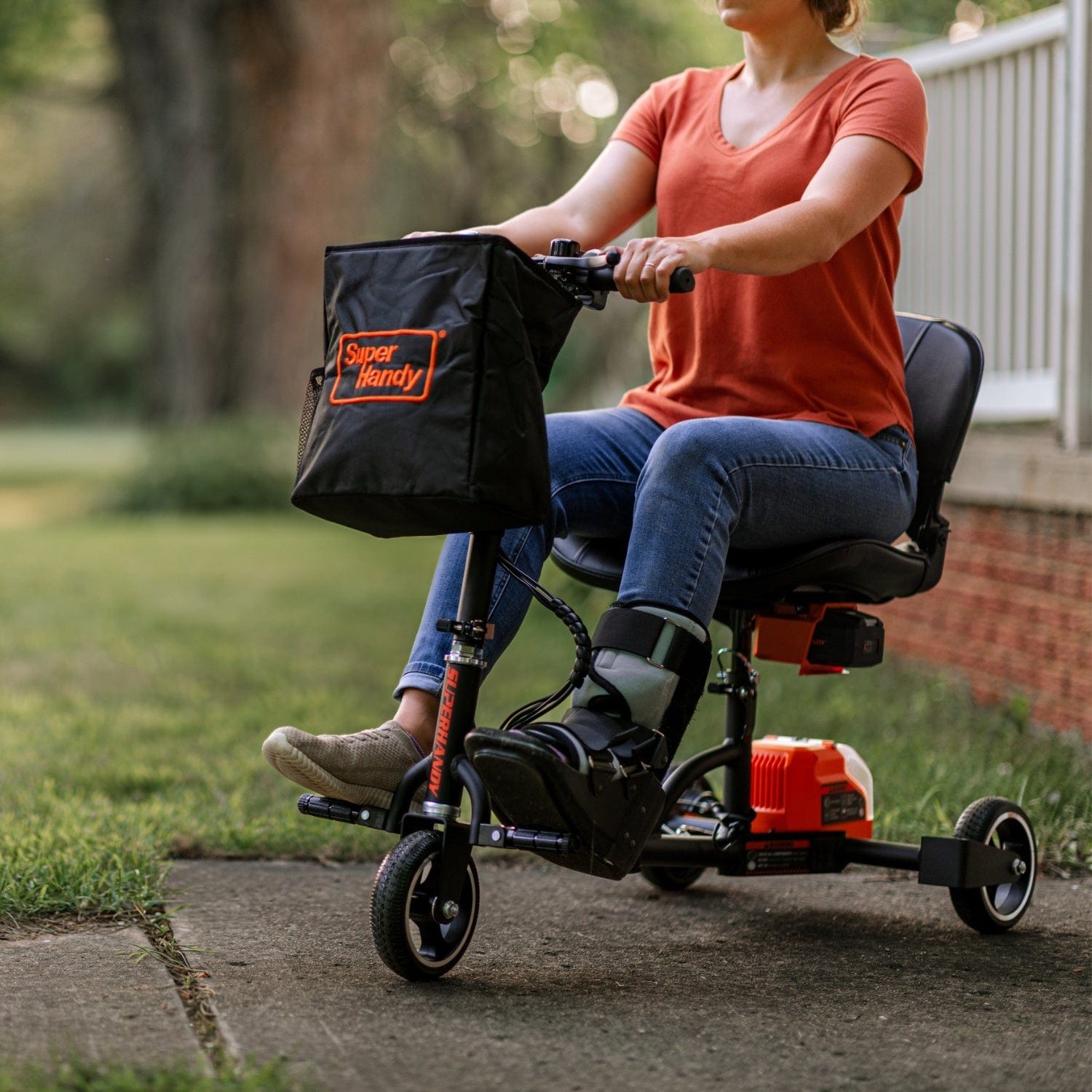
Leave a comment
All comments are moderated before being published.
This site is protected by hCaptcha and the hCaptcha Privacy Policy and Terms of Service apply.